The HTC Radar is the younger brother of the HTC Titan, a truly mammoth Windows Phone smart phone that rocks a 4.7-inch display. The HTC Radar isn't quite so gigantic, but it's no less exciting, and could be a good deal cheaper.
HTC Radar: Design & Build
The Radar feels quite chunky, and it's definitely substantial too, feeling rather hefty in the hand. That's typical of HTC mobiles, and indeed it's fair to say HTC hasn't strayed from its established design formula -- the rear is a curved patchwork of metallic and rubberised textures, lending the HTC Radar an industrial feel.
Measuring 120 x 61.5 x 10.8mm it’s not the thinnest phone, the flatest phone, or even the most sexiest phone out there. Coated in white and silver the design mirrors the company’s tablet, the HTC Flyer, and we are surprised that we haven’t yet seen this design on an Android handset, so as to complete the set if you have both.
HTC Radar: Camera
The HTC Radar comes with a HTC’s 5 megapixel camera and it likely to be the same as found on the HTC 7 Trophy (also a 5 megapixel sensor). The front has a VGA forward-facing camera so you will be able to make video calling when Skype makes its inevitable arrival on the Windows Phone platform.
Burst mode does what is says, lets you take five pictures in quick succession so you can capture a moment as it happens. Panorama automatically stitches three shots together, producing a super-wide image. Images on screen looked okay, although not perfect, but this could have been done to poor light, pre-release software.
HTC Radar: Display
The screen measures 3.8 inches on the diagonal, which is a large display by any measure, but is absolutely dwarfed by the vast HTC Titan. Still, we were impressed by the brightness of the HTC Radar's screen, and icons and text looked very crisp.
HTC Radar: Processor & Memory
On the inside, the HTC Radar is powered by a second-generation Snapdragon processor, clocked at 1GHz. That's not as speedy as some other smart phones, but we didn't notice the Radar performing slowly at all. Our hands-on time was brief, so we'll need more time before we can say for sure, but this felt like a perfectly capable little phone.
There's 8GB of on-board storage, which will probably be enough for your music collection, as long as it's not too massive.
HTC Radar: Windows Phone Mango
The HTC Radar will ship running Windows Phone Mango, the very latest version of Microsoft's mobile operating system. It packs some fairly crucial additions, most notably multi-tasking -- the ability to keep apps running in the background and switch between them.
You can also now sort your contacts into groups, and pin that group to the Windows homescreen. The little widget will then keep track of tweets, texts and Facebook updates from the people in that group. Handy if you want to keep track of a small circle of people, for instance your family, or your absolutely bestest best buddies.
HTC Radar: Extras
HTC has added some goodies too -- there's a hub mode with attractive weather effects (and the signature HTC clock), something called Connected Media that will output your photos and movies to your telly via a DLNA connection, and HTC Watch, which is HTC's movie service. We're informed that logins for the Android version of HTC Watch will work fine.
HTC Radar: Dock Mode
There's also a dock mode, for when you're using the HTC Radar as an alarm clock, or for when it's just sat on your desk. Dock mode displays on-screen information in an appealing widget-style display, which looks rather reminiscent of the default Android background on an HTC phone.
Conclusion:
We didn't find anything particularly striking about the HTC Radar, either good or bad. We suspect its success will depend on whether Windows Phone Mango can improve the number of apps it offers to compete with its iPhone and Android rivals. If the operating system itself starts to look tempting, the HTC Radar feels like a decent little mobile, which hopefully won't cost you the Earth.

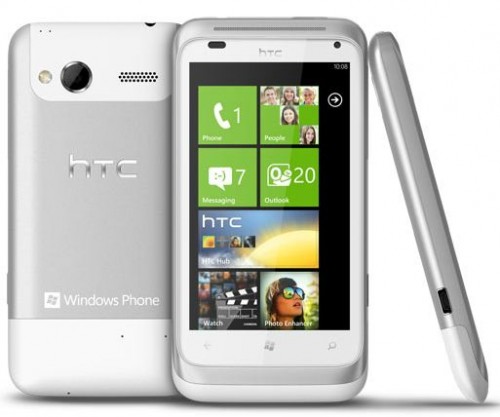




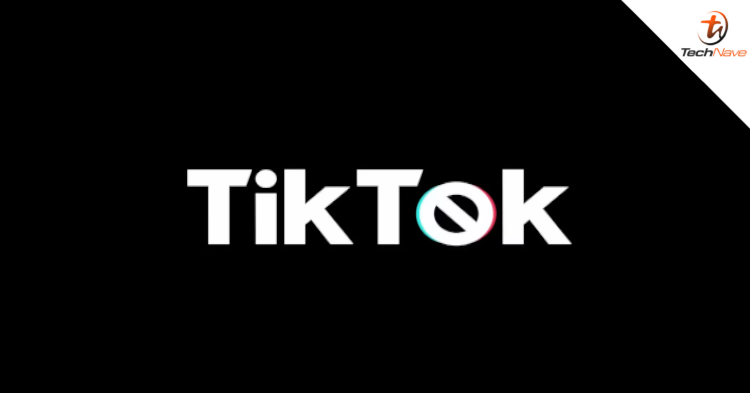
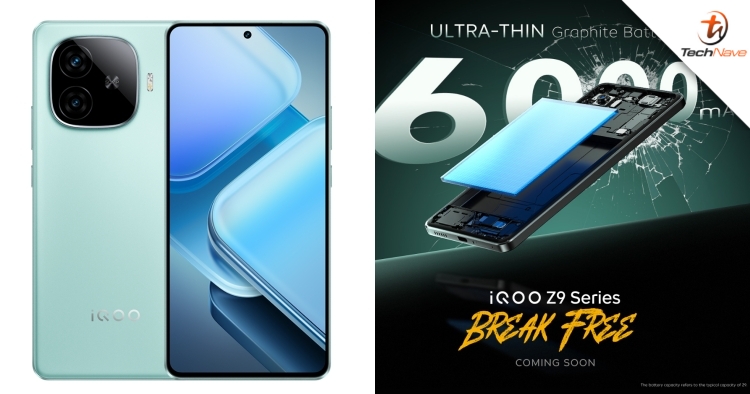
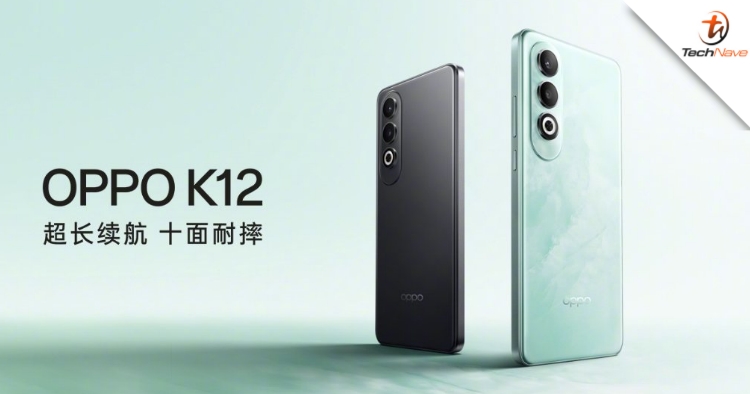
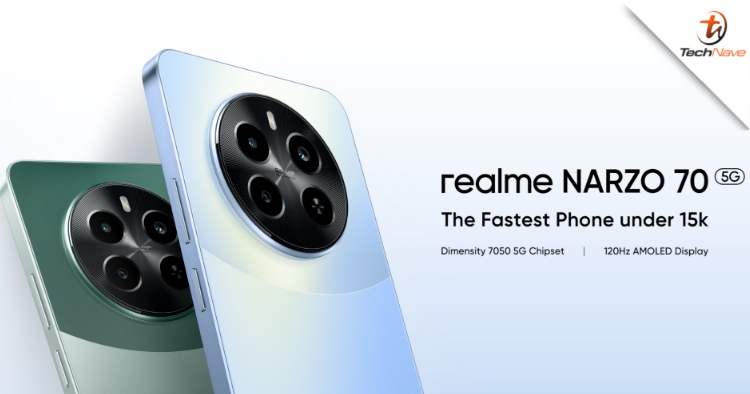



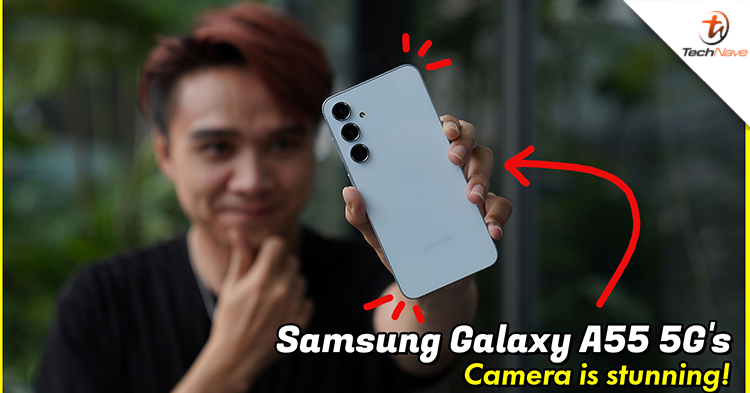

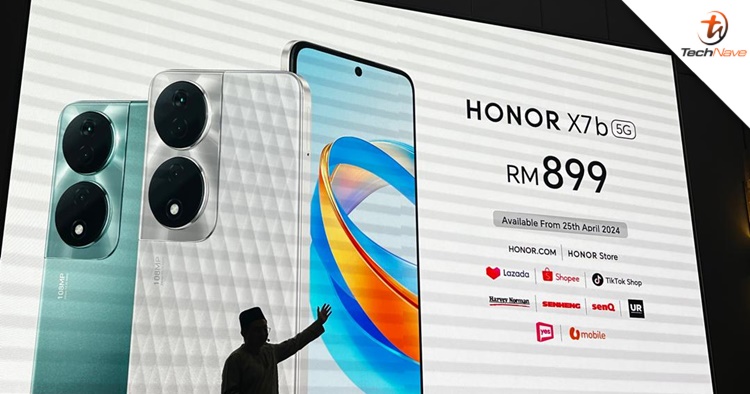
COMMENTS